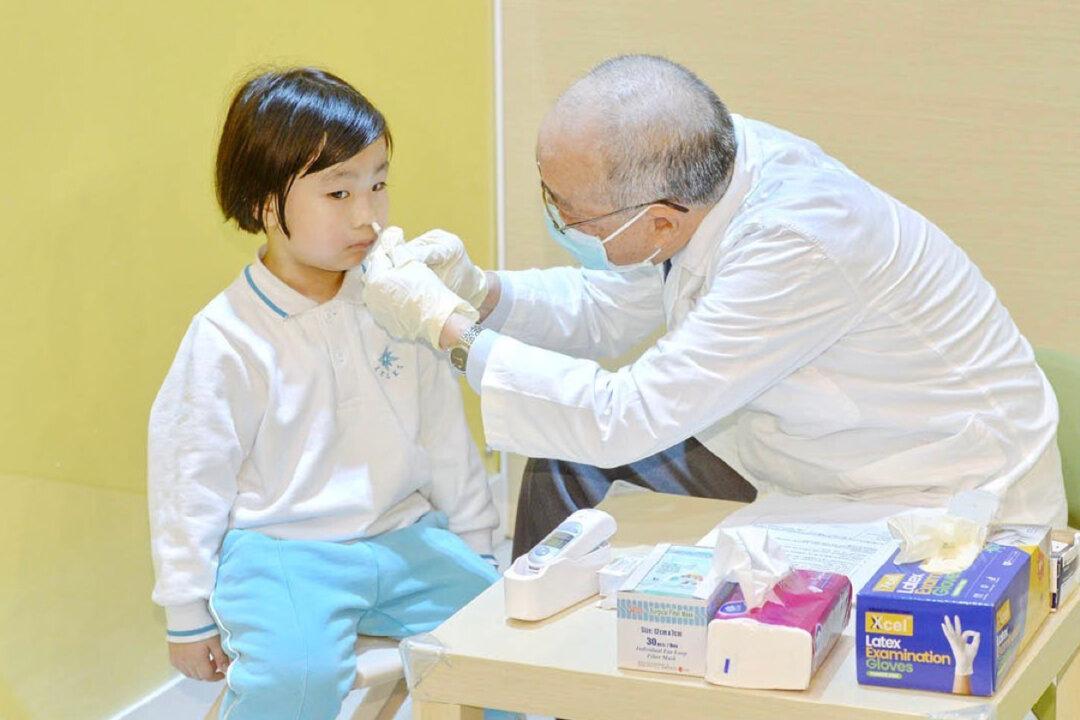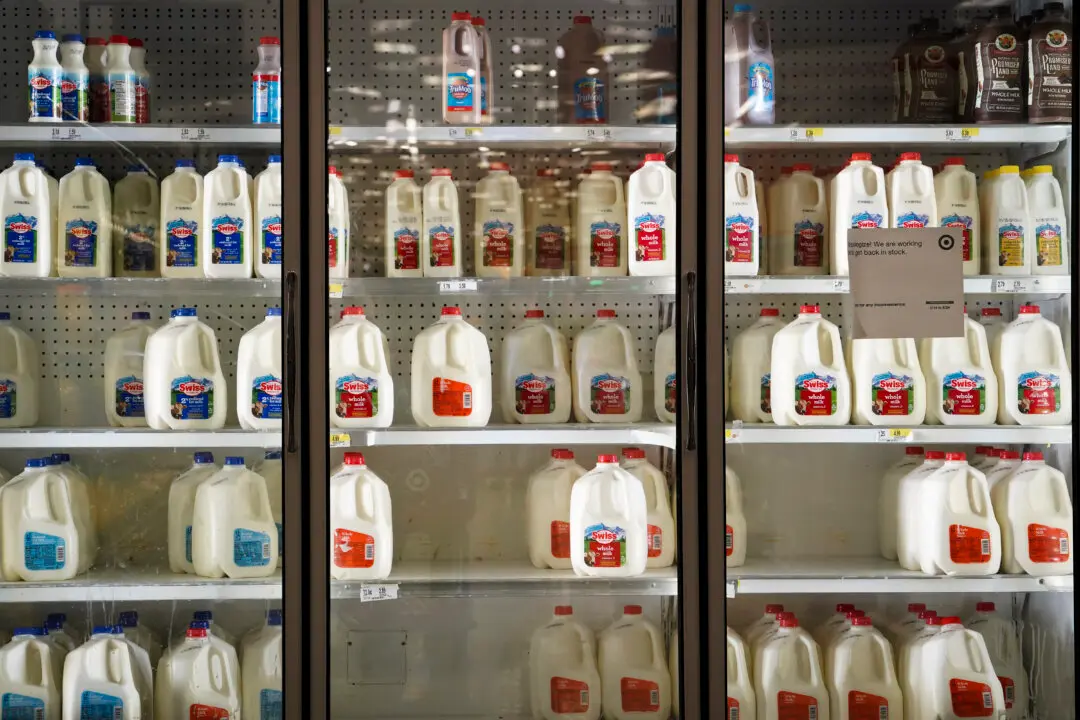Suicide rates among American preteens have surged in recent years, with the greatest increase observed among girls, according to a peer-reviewed study published on July 30.
The study, published in the JAMA Network Open, investigated preteen (ages 8 to 12) suicide deaths during the period from 2001 to 2022. A total of 2,241 such deaths were identified.






